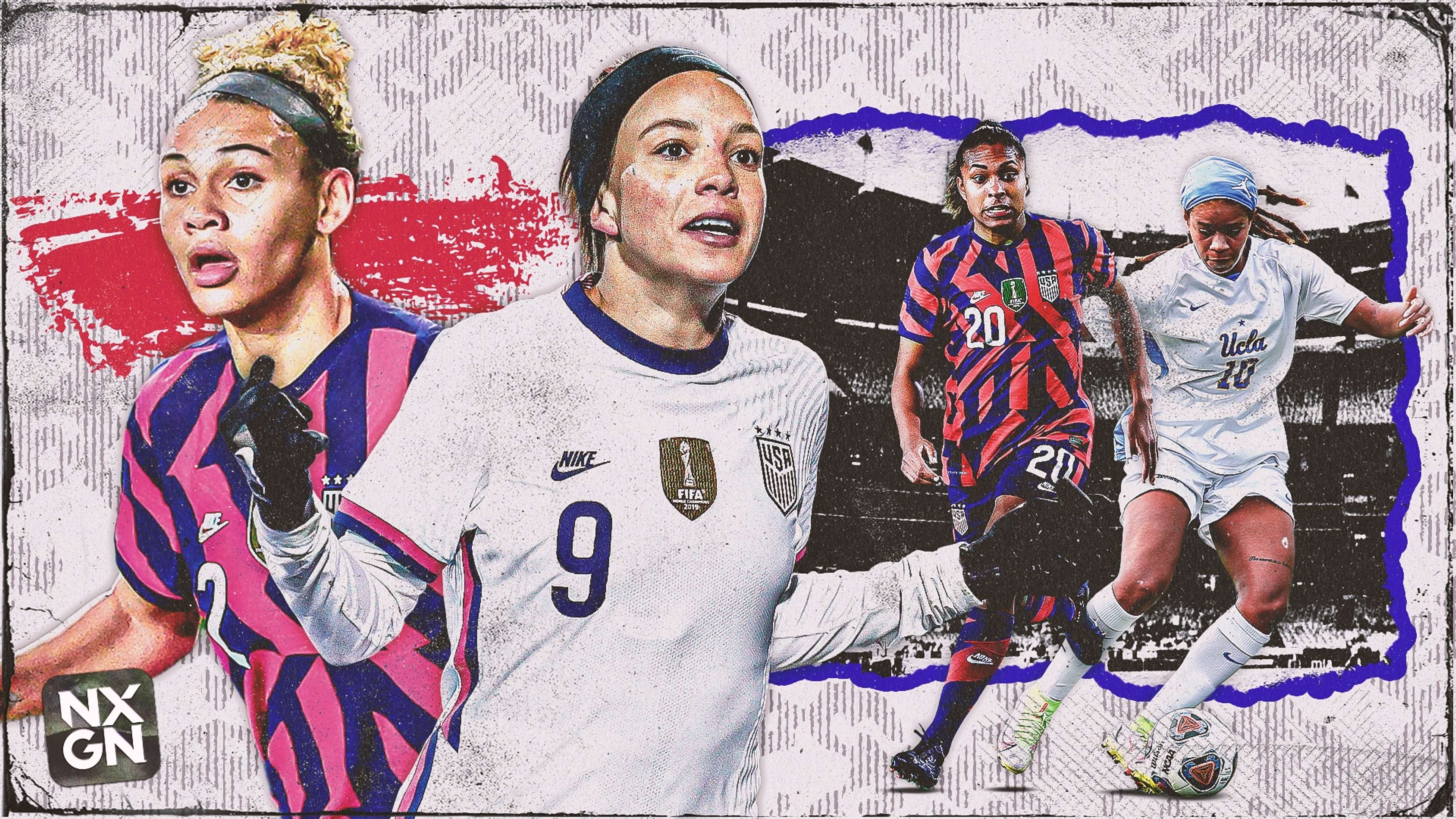Five years ago, Mallory Pugh made American soccer history.
Pugh, then 19, opted to leave UCLA after playing just three games to become a professional.
The highly-touted teenager, who had already played for the United States national team in the 2016 Olympics, became the first player to bypass college to sign in the NWSL.
At the time, Pugh was a rarity. Now, she has become a model for a subsequent generation of women’s players who have opted to forgo some, or all, of their collegiate career to pursue professional opportunities.
But even though the number of women’s players going pro early is increasing, that path is still only open to a tiny fraction.
For most of the history of women’s pro soccer in the U.S., players spending four years in college was the norm. With pay low and athletic careers finite, it only made sense to take advantage of a free education to secure a four-year degree and the future earning opportunities that came with it.
Though that is still the path most travel in the women’s game, there are signs that, as in the men’s game, college is becoming less attractive for top-tier prospects.
When the San Diego Wave selected Naomi Girma first overall in the 2022 NWSL Draft, it marked the fourth consecutive draft in which the top overall pick had opted to leave college early.
“I think ultimately I just wanted to take the next step and start my professional career,” Girma told GOAL on All of US: The U.S. Women’s Soccer Show.
“I knew there were such great opportunities in the NWSL and had seen a lot of change starting to happen… It just felt like the right time for me to go and challenge myself and take it to the next level.”
The benefits of going pro early have become more and more visible of late.
In 2019, Tierna Davidson left Stanford early and used that head start to launch herself into a spot on the 2019 World Cup team. At age 20, Davidson was the youngest player on the tournament-winning roster.
Two years later, Catarina Macario announced she would also be leaving Stanford early, so as to sign for seven-time European champions Lyon. Within 10 days, she had made her USWNT debut.
The top two picks in the 2021 NWSL Draft, early entrants Emily Fox and Trinity Rodman, have also both reached the U.S. women’s national team already. Rodman, one of if not the biggest rising star in the U.S., skipped college entirely.
This year, three of the top six picks – Girma, Mia Fishel and Diana Ordonez – were early entrants. Fishel, who was selected by the Orlando Pride before opting to sign with Mexican side Tigres, made no secret of the fact that she felt playing collegiately was holding her back.
“I thought my development was hitting a wall,” Fishel told GOAL on All of US: The U.S. Women’s Soccer Show. “I knew what the college system was like. I was very comfortable with the training at UCLA.
“I just felt like I want to be the best player in the world, and another year here [wasn’t] going to help me as a soccer player. And so I decided, after talking to my coaches and my family, that if I want to be the best soccer player in the world, I have to go professional.”
The trend of players leaving school early is likely to continue, as opportunities abroad increase while compensation in the NWSL takes a jump forward under the league’s new collective bargaining agreement.
The NWSL minimum salary will increase from $22,000 (£16,000) last season to $35,000 (£26,000) this year.
On the other end of the spectrum, Rodman recently became the first million-dollar NWSL player when she inked a contract extension with the Washington Spirit worth a reported $1.1 million over four seasons.
But the increase in players forgoing some or all of college will, for now, be limited. The NWSL still lacks a homegrown player mechanism by which clubs can sign their most promising academy products.
And despite salary gains, many college players would still earn more by graduating and finding a job outside of sports.
While the Fishels, Davidsons and Girmas of the world will continue to follow the trail originally blazed by Pugh, for countless others, the pull of staying in school all four years will be too strong to resist.


